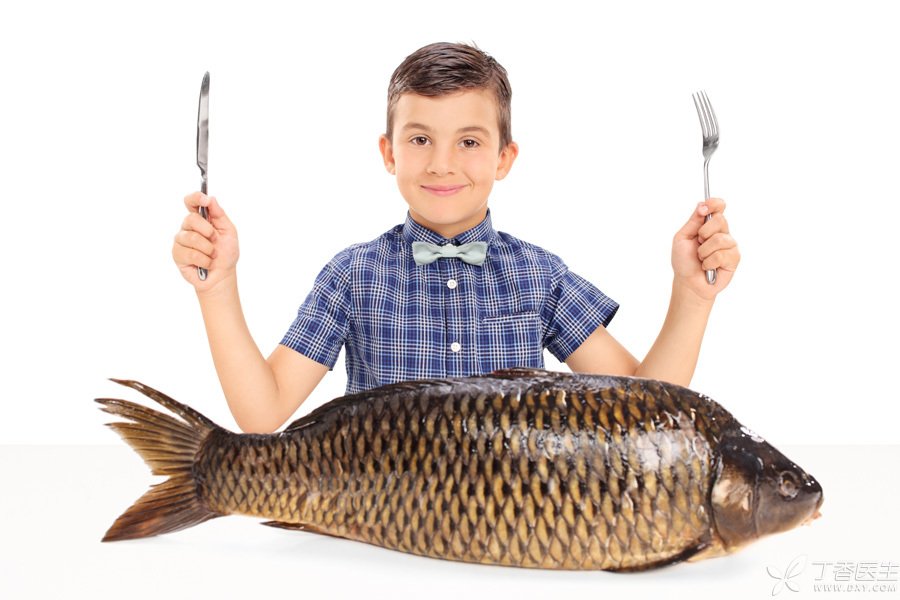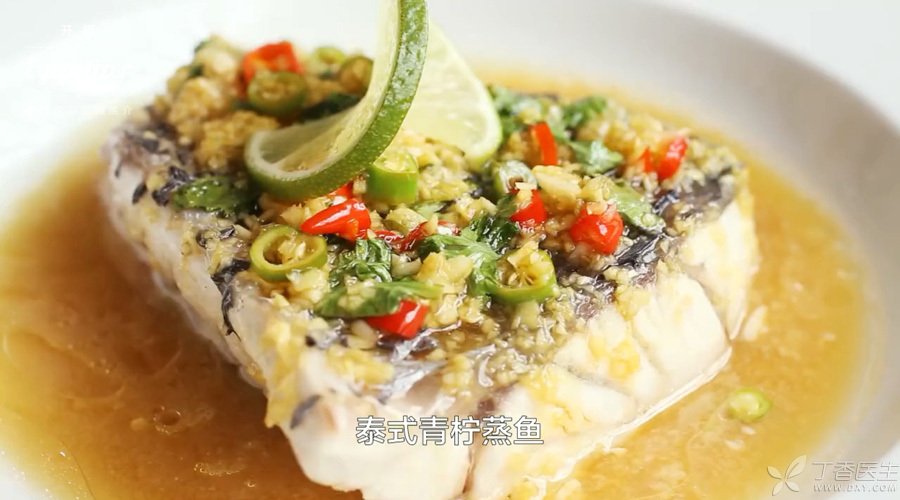
It is said that fish is rich in nutrition and is especially good for children.
But if the baby in the family just doesn’t like to eat, the mothers will worry:
Does not eat fish affect the intelligence of my baby? Will my baby be less intelligent than other children?
Is there any way to make my baby fall in love with eating fish?
Don’t worry, Dr. Clove will give you one move at a time.
Although the fish is good, it is not the only one.
There is no denying that fish does have high nutritional value and can provide high-quality protein. Among them, marine fish is also a good source of DHA and EPA.
However, this does not mean that babies can only get high-quality protein, DHA and EPA by eating fish. Mothers can arrange other foods to make babies get these nutrients.
For example, babies can eat eggs, lean meat, bean products, etc., and can also get high-quality protein.
The so-called “brain gold” DHA and EPA, Although the content is higher in marine fish, the content in seaweed is also relatively rich. Moreover, DHA and EPA can be partially converted from-linolenic acid, and a certain amount of DHA and EPA can be obtained by eating foods rich in-linolenic acid, such as linseed oil. If it is not enough, the baby can also obtain sufficient DHA and EPA through dietary supplements.
How to supplement baby DHA? Click: Does the child need DHA?
Therefore, we don’t need to force the baby to eat fish at the dining table, which will make the dining table atmosphere worse. Why not change the types of food so that the child can eat happily and get the same nutrients?

The reason why the baby does not eat fish should be analyzed.
Babies do not like fish, there may be many reasons. Only when the reason is found can the right medicine be prescribed and the baby fall in love with fish.
1. Babies don’t eat a specific fish,
Babies are particularly resistant to certain fish and other fish can accept it.
For example, some babies don’t eat crucian carp. After asking the reason, the baby said that crucian carp [fights] with him every time. It turned out that crucian carp had too many thorns, and every time they ate crucian carp, they were stuck with thorns. Over time, the baby stayed at a respectful distance from this kind of fish.
Then, we can change a kind of fish for the baby to eat, or remove the fish bones when cooking.
2. Mother’s cooking skills are not good.
Sometimes, the mother’s cooking skills will affect the children’s food choices.
Some fish are not handled well and have a strong fishy smell. When the mother brings them to the table, adults frown, not to mention children.
At this time, my mother has to practice cooking hard.
3. Mom, I’m afraid
Some fish look quite [exotic flowers], especially the deep sea species, lying on the plate with protruding eyes and bared teeth, children are likely to be frightened at first sight.
To deal with this situation, when cooking, the fish head can be removed, the fish can be cut into pieces, and the fish can be made into fillets, so that children can accept eating fish.
4. The baby was brought bad.
This reason is often ignored by mothers.
Babies love to imitate, especially children aged 3-6, often imitate friends and adults around them. If there is a father who is picky about food in the family, or a good friend of the baby who does not like to eat fish, then it is not difficult to understand his baby’s resistance to fish.
In this case, we can tell stories to the baby and use the baby’s imitation behavior to make the baby fall in love with eating fish again:
When my mother was a child, she especially liked to eat the fish made by your grandmother. At that time, her classmates came to our house to eat it. My mother also specially learned how to make it from my grandmother and wanted to give it to my baby.
Of course, mothers are free to play the content of the story. The theme is that fish is delicious and let the baby imitate a friend or parent who loves fish.
The next step is to improve your cooking skills and make your baby fall in love with the fish made by your mother.
When fish do this, babies like to eat it.
Whether the baby likes to eat fish or not, the very important factor is whether the fish made by the mother is delicious. Here, Dr. Clove provides her mother with two recipes, which will make the baby fall in love with eating fish from now on.
Recipe-Thai Style Steamed Fish with Lime
Most children like sweet and sour taste, and this Thai lime steamed fish is a good choice.

Material:
- Sea bass 200g lime juice 5 teaspoons honey 1 teaspoon garlic powder 2 teaspoons fish sauce 2 teaspoons vegetable oil 2 teaspoons coriander chopped with a little salt
Practice:
-
Pickled fish pieces. The perch is pricked, and several cuts are made on the surface of the fish to taste easy. Sprinkle a little salt on the front and back sides and marinate for a while.
-
Steamed fish. Steam perch in a pan for 8 minutes.
-
Make sauce. Pour 5 teaspoons lime juice, 1 teaspoon honey and 2 teaspoons fish sauce into garlic powder, stir well, and add chopped coriander.
-
Seasoning. Pour the sauce evenly onto the steamed fish, heat the vegetable oil, and pour it on the perch that has been poured with the sauce.
Recipe 2 Plum Braised Trichiurus hairtail
Fish dishes with interesting appearance are also very popular with children. When making hairtail, the fish is cut off and rolled into rolls and fixed with toothpicks. Children may rush to eat such interesting appearance.
In addition, hairtail has removed its bones, so children are not afraid of being stuck when eating.
Material:
- 200g hairtail, 5-10 plum, scallion, ginger, water and starch
Practice:
-
Make fish rolls. The knife is attached to the fish bone and the whole piece of fish is removed. After cutting into sections, the skin of the fish faces inward and is rolled into rolls and fixed with toothpicks.
-
Remove fishy smell. Marinate the fish roll with scallion and ginger water, salt and cooking wine for 20 minutes.
-
Boil plum. Soak plum in warm water for 20-30 minutes, then cook for 5 minutes.
-
Fish rolls. Pour oil into the pan. When the oil temperature is 60% to 70% hot, fry the fish rolls. When the fish is just put into the pan, use high fire, gently shake the pan to prevent sticking to the pan, and turn over the surface after one side is fried and set.
-
Seasoning. Add oil to the pan, stir in chives and ginger, pour the boiled plum water into the pan, add salt, sugar and vinegar. After cooking the juice, grate out the chives and ginger, add the fried fish rolls, boil over high heat, collect the juice, and thicken with a little water starch.
Tip:
If the baby in the family is younger, you can take the toothpick off and give it to the child to eat, so as not to hurt the child.
